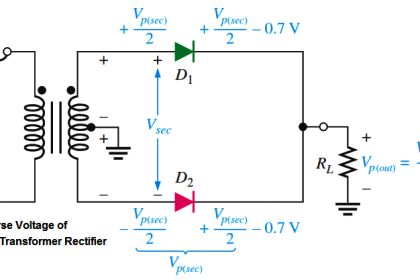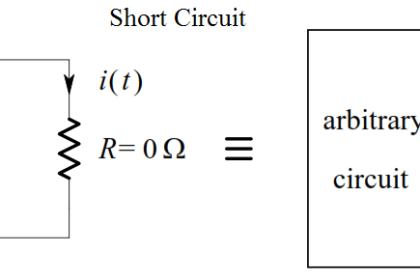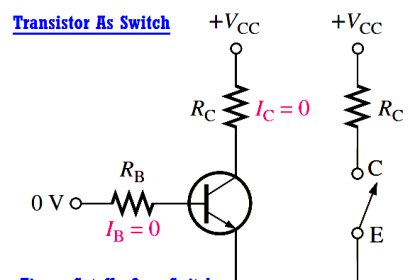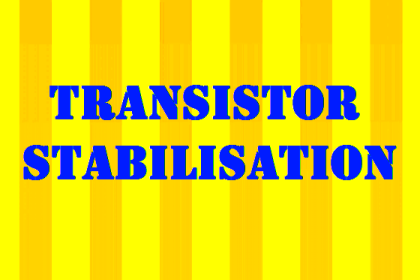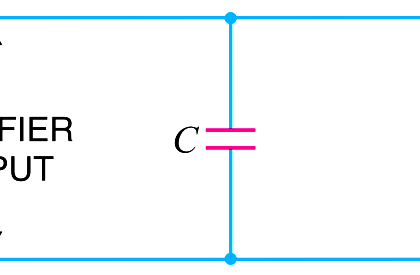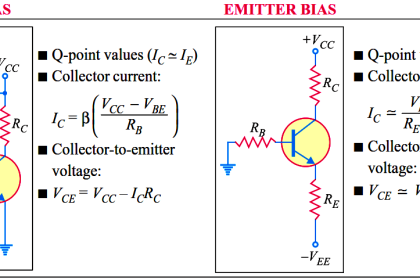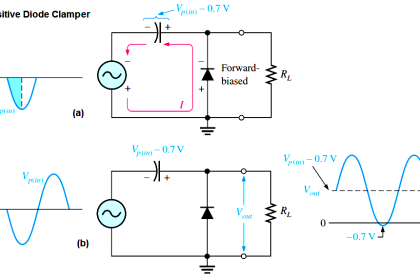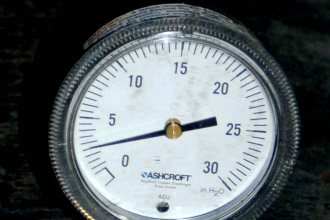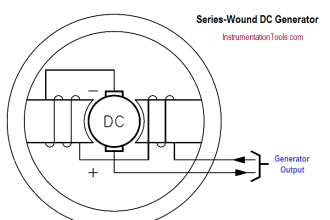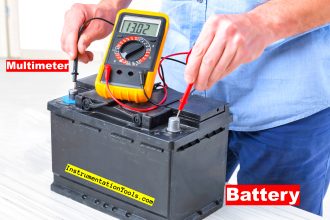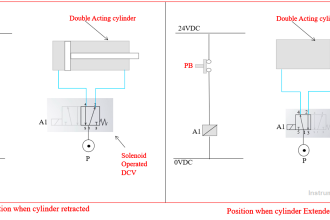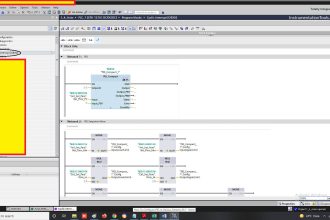The two Types of bridges are,
- D.C Bridges
- A.C Bridges
The D.C bridges are used to measure the resistance while the A.C bridges are used to measure the impedances consisting capacitance and inductances. The D.C bridges use the D.C voltages as the excitation voltage while the A.C bridges use the alternating voltage as the excitation voltage.
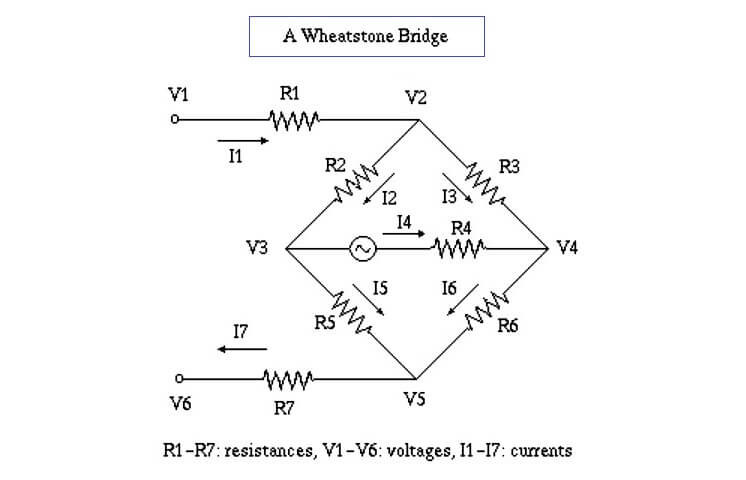
The two types of D.C bridges
- Wheatstone Bridge
- Kelvin Bridge
The various types of A.C Bridges are,
- Capacitance Comparison Bridge
- Inductance Comparison Bridge
- Maxwell’s Bridge
- Hay’s Bridge
- Anderson Bridge
- Schering Bridge
- Wien Bridge

